What It Means and Why It Matters
Photography, like fashion, is a visual medium that thrives on style, trends, and personal expression. But what does it mean to be “stylish” in photography? Does it refer to following trends, setting them, or finding a unique visual language? This post explores the concept of stylish photography, its historical evolution, and its impact on creativity.
The Concept of Stylish Photography
Being stylish in photography involves creating visually compelling images that resonate with current aesthetics or timeless principles. Stylish photography doesn’t just mimic trends—it often elevates them, combining technique, composition, and creativity to create something memorable. A “stylish” photograph could be one that:
- Reflects a contemporary aesthetic.
- Demonstrates a keen eye for detail and composition.
- Conveys the photographer’s unique perspective.
- Combines technical mastery with artistic intent.
Trends in the History of Photography
The history of photography is rich with trends that have defined eras and inspired generations. Each movement brought new ways of seeing and representing the world:
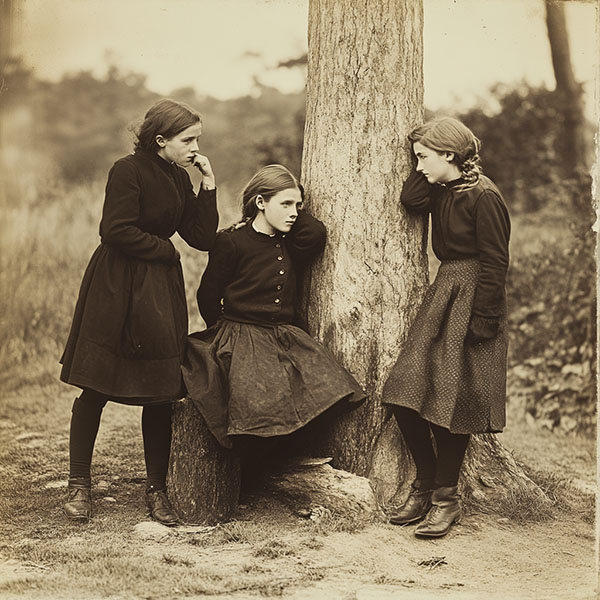
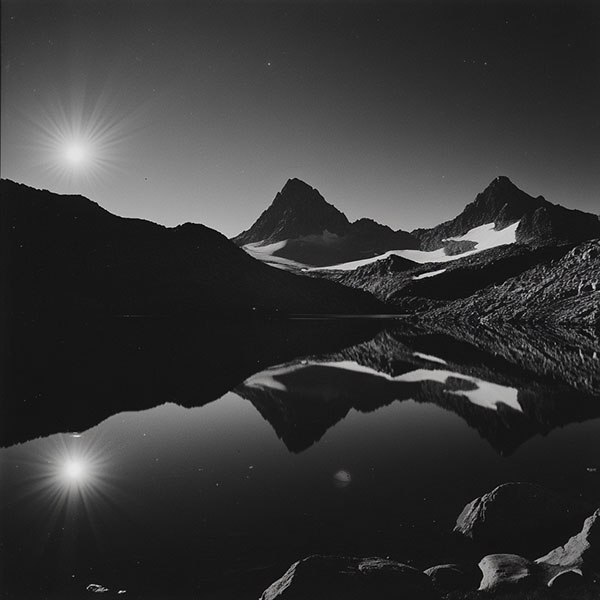
- Pictorialism (Late 19th to Early 20th Century): This trend emphasized soft focus, artistic composition, and often mimicked painting. Photographers like Julia Margaret Cameron and Alfred Stieglitz championed this approach.
- Modernism (1920s-1940s): With sharper focus and abstract forms, modernist photography, led by artists like Ansel Adams and Edward Weston, celebrated clarity and the beauty of everyday objects.
- Street Photography (1950s-1960s): Photographers like Henri Cartier-Bresson and Vivian Maier captured candid, unposed moments, often reflecting social issues and urban life.
- Documentary Photography (20th Century): From Dorothea Lange’s Great Depression images to Sebastiao Salgado’s humanitarian works, this trend aimed to document real-life events with emotion and depth.
- Postmodernism (Late 20th Century): This era brought conceptual photography and blurred the lines between reality and art. Cindy Sherman and Andreas Gursky are notable figures.
- Digital Revolution (2000s-Present): With the rise of digital cameras and editing software, photographers like Annie Leibovitz and Gregory Crewdson have embraced bold, hyperreal styles.
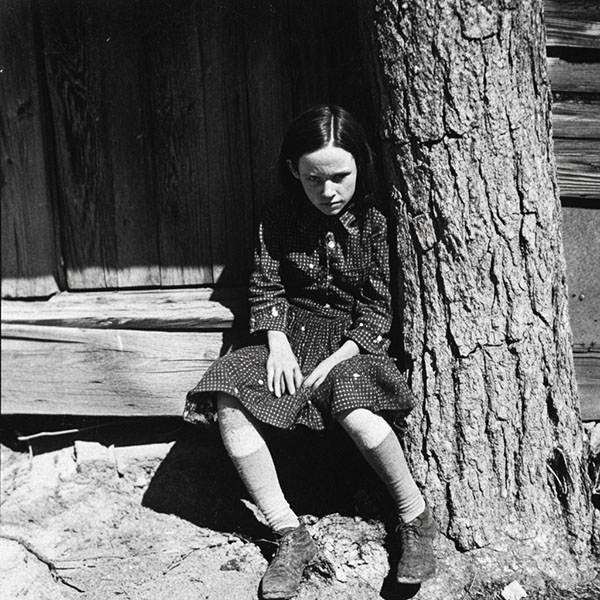
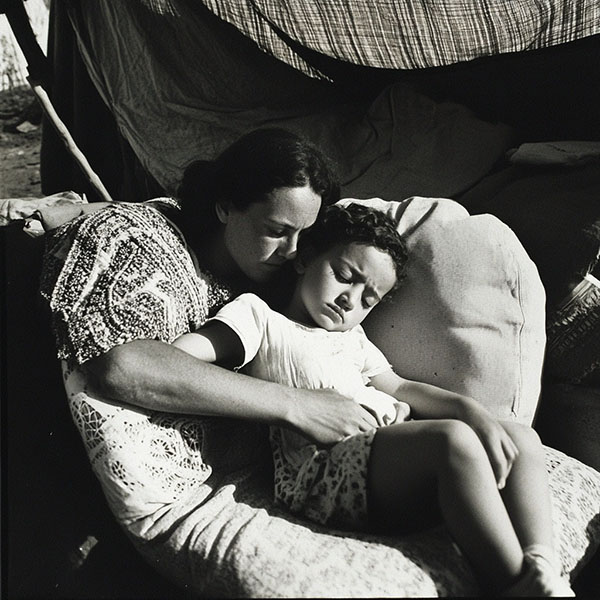
Stylish Photography Today
In the 21st century, trends in photography are influenced by social media, technology, and global movements. Some current styles include:
- Minimalism: Clean compositions with negative space and simple subjects.
- Moody Tones: Dark, atmospheric edits, often seen in landscape and portrait photography.
- Film Revival: A resurgence of analog photography, praised for its nostalgic and authentic look.
- Bright and Airy: Overexposed, pastel-like images popular in wedding and lifestyle photography.
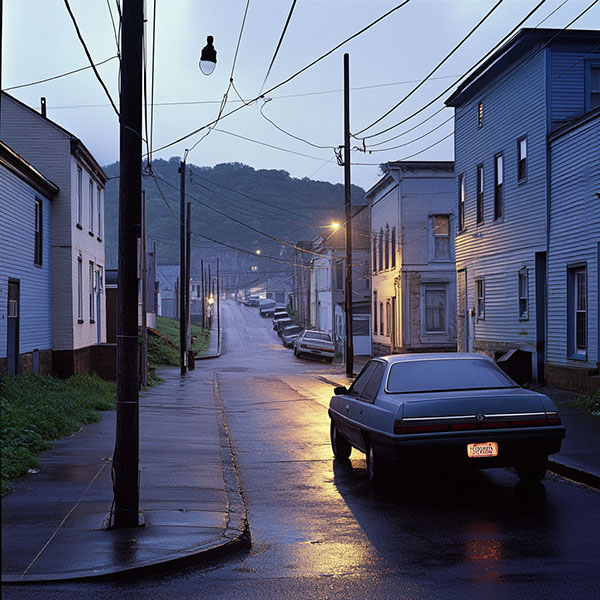
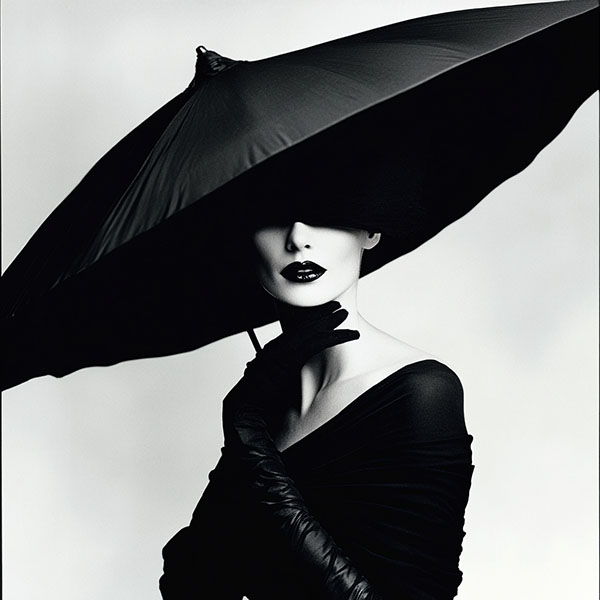
Photographers like Brandon Woelfel have set trends with their vibrant, neon-lit portraits, while others like Sebastião Salgado remain rooted in timeless, black-and-white storytelling.
Is It Good to Be Trendy or Stylish?
Being stylish in photography can help a photographer stand out, especially in competitive fields. However, trends can be fleeting, and chasing them may lead to work that feels derivative. The key is balance:
- Pros of Being Trendy: Staying relevant, attracting clients, and engaging audiences who resonate with contemporary aesthetics.
- Cons of Being Trendy: Risk of losing originality and creating work that ages quickly.
True stylishness often lies in blending timeless techniques with innovative approaches. For example, portrait photographers like Annie Leibovitz combine classic lighting with modern storytelling to create iconic images.
Fields and Their Resistance to Trends
Not all genres of photography are equally affected by trends. Some fields have a stronger foundation in timeless principles:
- Landscape Photography: Often less trend-driven, with a focus on capturing the beauty of nature.
- Documentary Photography: Prioritizes authenticity over aesthetic trends.
- Architectural Photography: While it may adopt modern styles, it often emphasizes clean lines and symmetry, which remain evergreen.
- Fashion Photography: Highly influenced by trends, it evolves rapidly with changes in clothing and cultural aesthetics.
Examples of Stylish Photographers
- Vivian Maier: Her street photography captures timeless, candid moments that feel stylish even decades later.
- Helmut Newton: Known for bold, provocative fashion photography that defined an era.
- Annie Leibovitz: Blends celebrity portraiture with artistic depth, creating iconic images that remain stylish over time.
- Gregory Crewdson: His cinematic, surreal scenes push the boundaries of photography as art.
Final Thoughts
Being stylish in photography is about more than following trends—it’s about creating work that resonates, inspires, and endures. While some fields thrive on stylishness, others prioritize authenticity or timeless principles. Ultimately, the most successful photographers are those who strike a balance between innovation and individuality, using trends as tools rather than rules.
What does being stylish mean in your photography? Share your thoughts and inspirations in the comments below!
